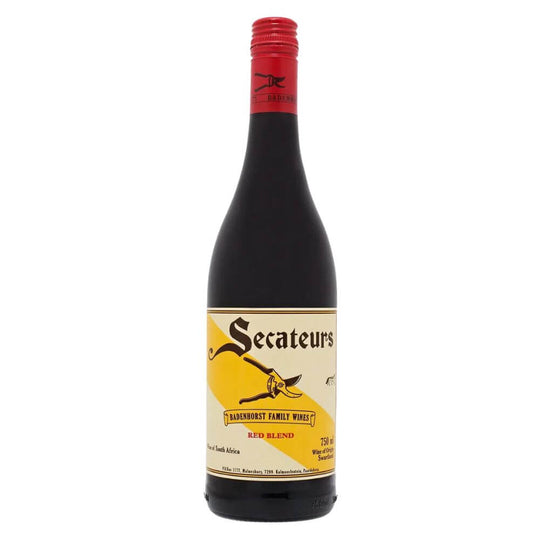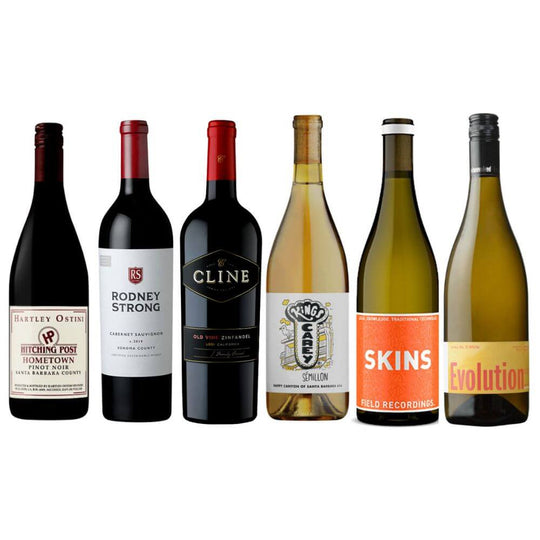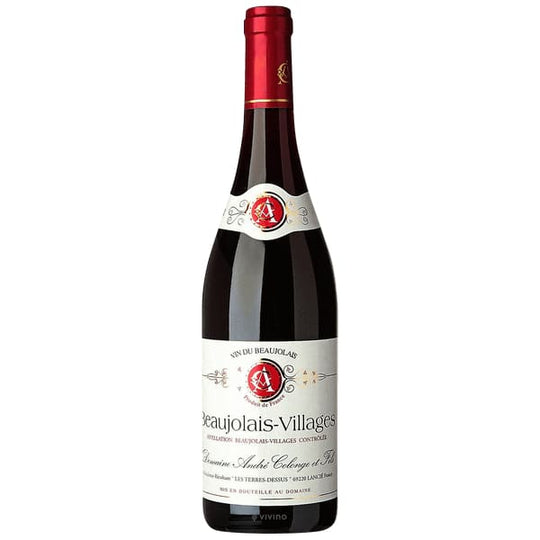Red Wine
Red wine is made from dark-coloured (red) grape varieties. The actual colour of a red wine can range from intense violet, all the way to brick red.
The colour of a juice extracted from most black grapes is greenish-white and the red colour comes from anthocyan pigments naturally present in the skin of the grape. The only exceptions are the relatively uncommon teinturier varieties, which produce a red coloured juice. This means much of the red-wine production process involves extraction of colour and flavour components from the grape skin.
Red wines are produced in virtually all of the world's wine regions, although the proportion of red wines produced at the cool limit of wine production is low, since it can be difficult to develop sufficient pigmentation of most grapes’ skins to produce a proper red wine.
French for red is rouge, Italian is rosso, Spanish and Portuguese more expressively tinto, Russian is cherny, and German is rot. Spain divides her red wines into those which really are tinto and lighter ones called clarete.
Red wine’s diverse styles...
Red wine is made from dark-coloured (red) grape varieties. The actual colour of a red wine can range from intense violet, all the way to brick red.The colour of a juice extracted from most black grapes is greenish-white and the red colour comes from anthocyan pigments naturally present in the...
Read More
























